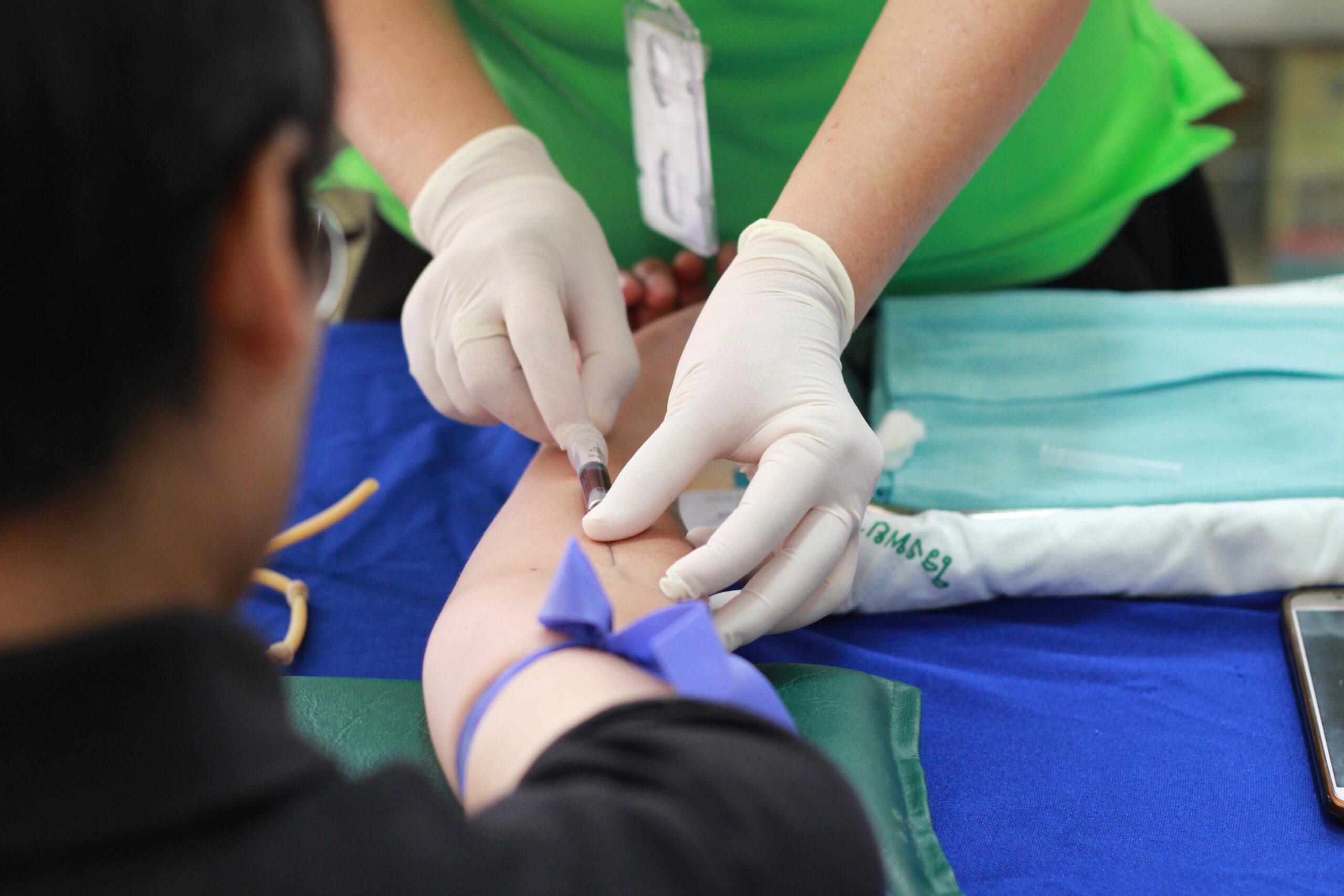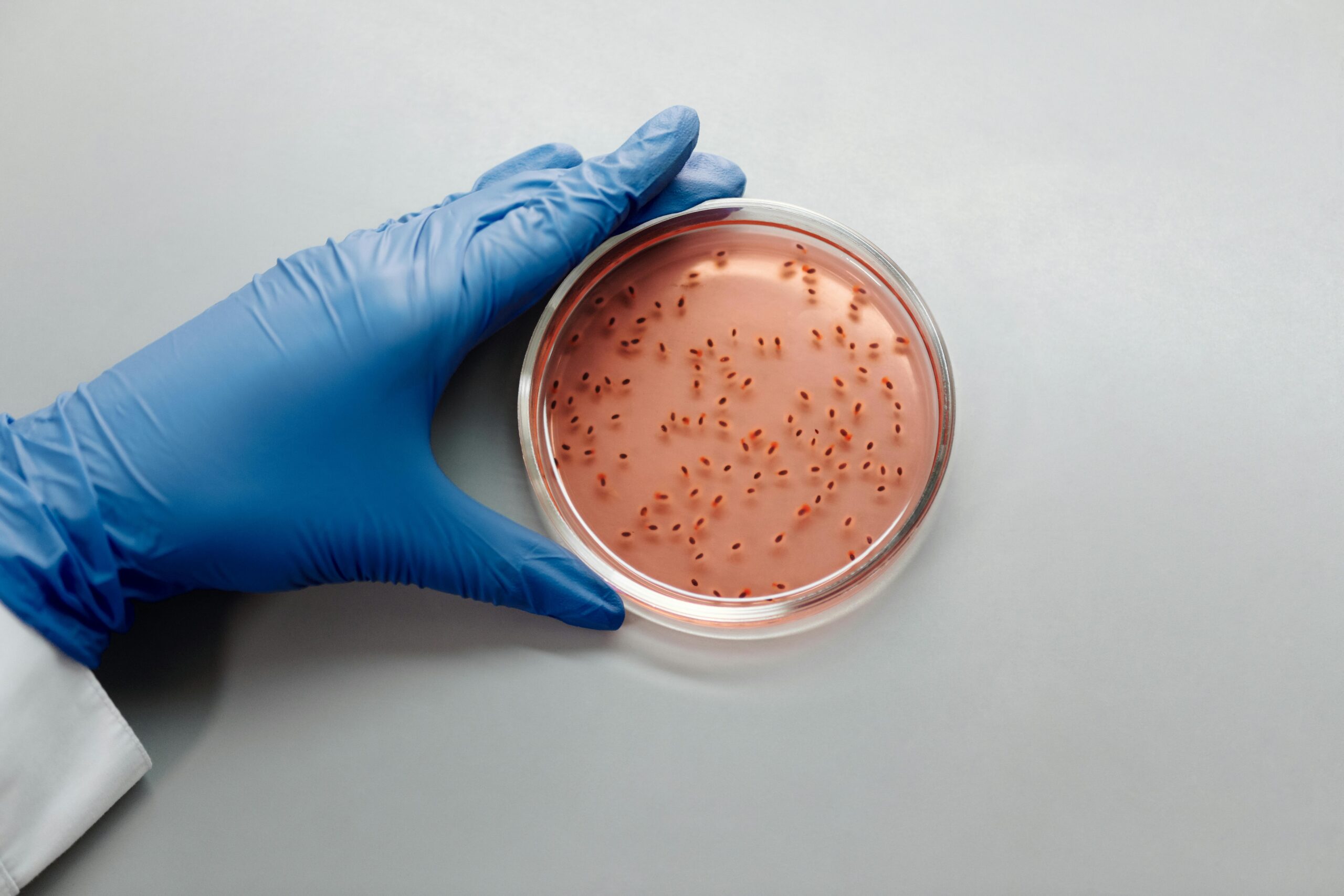Life Sciences
The life sciences sector encompasses a broad spectrum of disciplines focused on the study of living organisms and life processes. It includes fields such as medicine, pharmaceuticals, biotechnology, public health, and food safety — all of which play vital roles in advancing human health and scientific understanding. This industry operates at the intersection of research, innovation, and regulation, requiring clear, accurate, and context-sensitive communication to ensure the safe development, approval, and application of life-saving products and policies across the globe.







